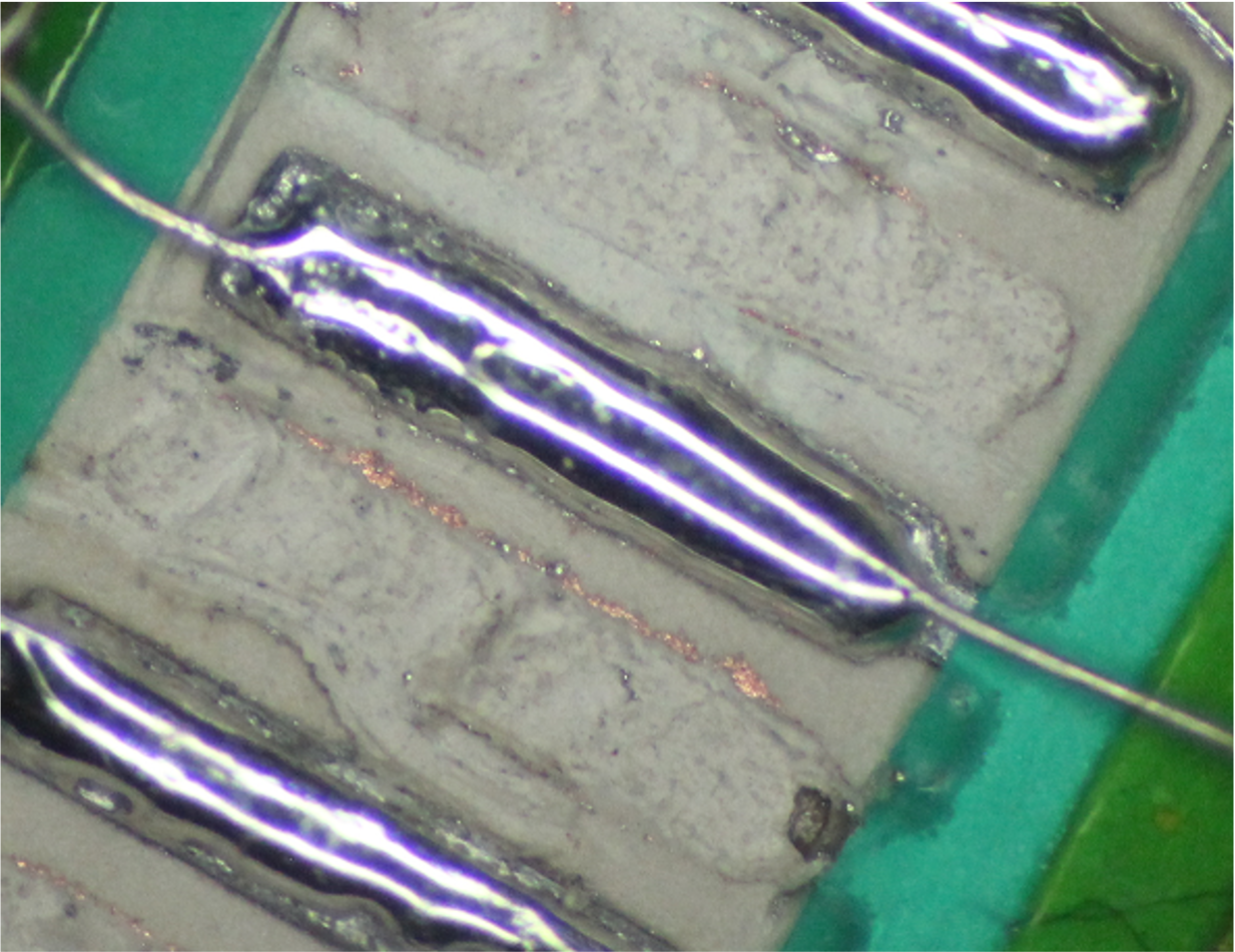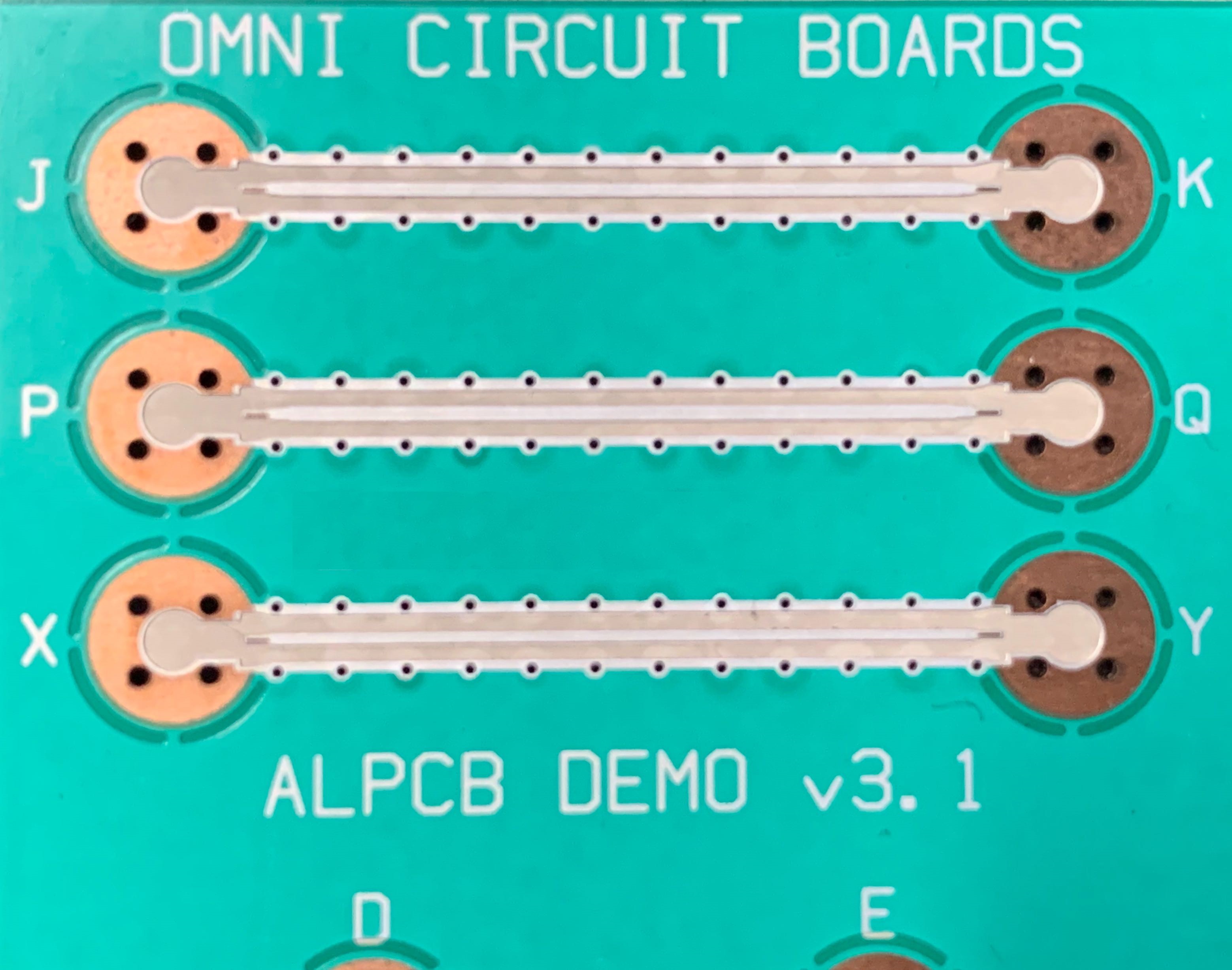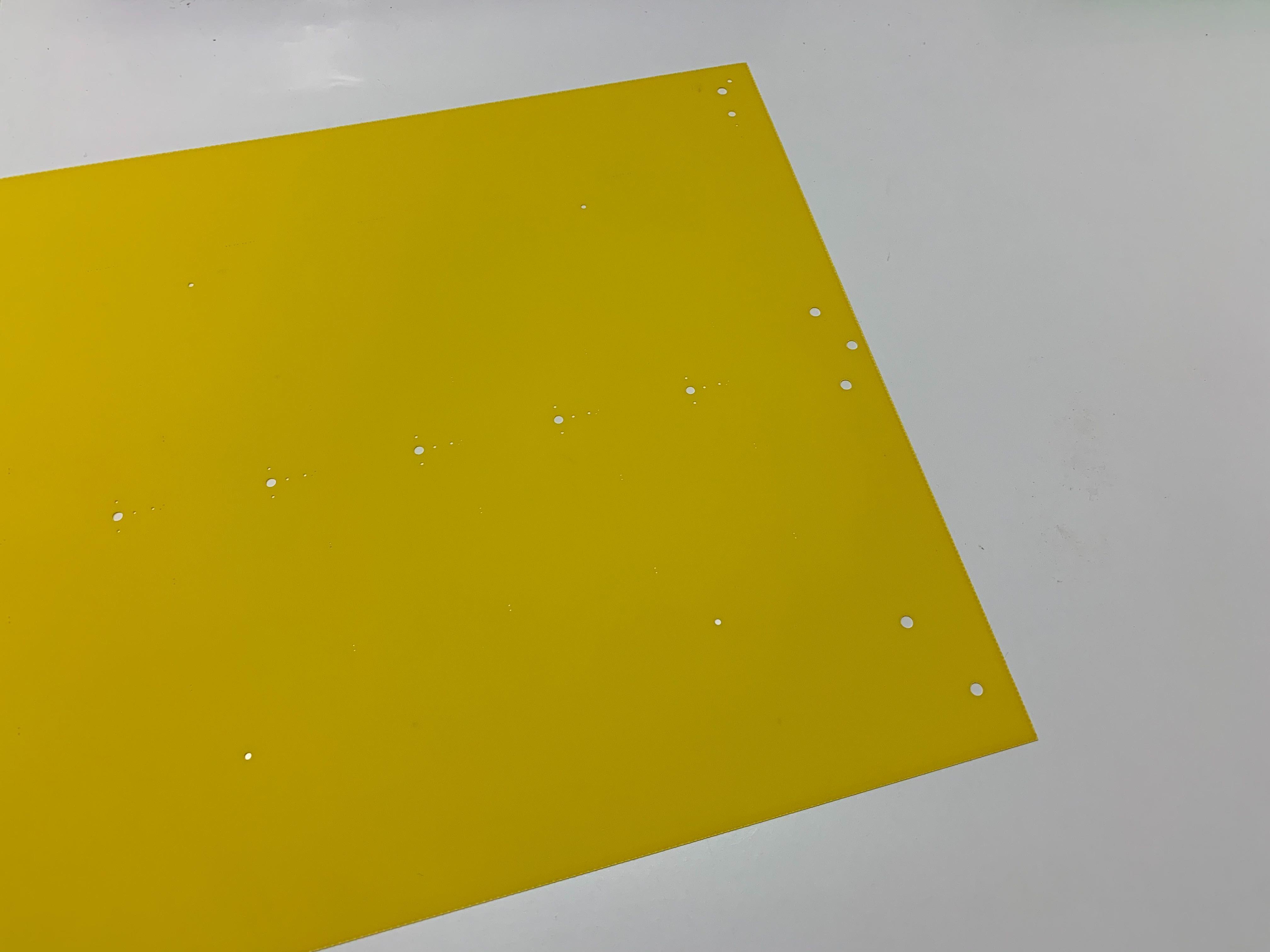The problem when soldering to Aluminum
Aluminum reacts very quickly with oxidizers in the air. It immediately develops a passive layer of aluminum oxide surrounding the pure metal, making it difficult to solder than copper.

Aluminum reacts very quickly with oxidizers in the air. It immediately develops a passive layer of aluminum oxide surrounding the pure metal, making it difficult to solder than copper.
Fri, May 12, 2023 @ 02:51 PM Natalia Piedras Aluminum Trace PCB - Superconductive PCB
Read More »
A circuit trace is a conducting track on a printed circuit board that connects components electrically and allows electric current to flow with little resistance.
While this small resistance is inconsequential for most applications, there are applications where the heat dissipated due to this small resistance is a big problem.
Much like how normal conducting trace allows current to flow, they also allow heat to flow from higher temperature areas to areas of lower temperature.
Mon, Jul 27, 2020 @ 01:11 PM Natalia Piedras Printed Circuit Board Design, Aluminum Trace PCB - Superconductive PCB
Read More »
The short answer is "Yes," but there is a bit more to it.
What exactly is FR-4? FR-4 is a NEMA grade designation for flame-resistant glass-reinforced epoxy laminate. "FR" stands for Flame Retardant. The materials used are not defined by it, so different formulations can be rated FR-4. Unfortunately, it has become the norm in the industry to refer to the most commonly used PCB material by its FR-4 designation. As different formulations can share this rating, the properties of FR-4, particularly at cryogenic temperatures, can vary significantly.
Mon, Feb 03, 2020 @ 06:45 AM Natalia Piedras Printed Circuit Board Design, Printed Circuit Board Commentary
Read More »